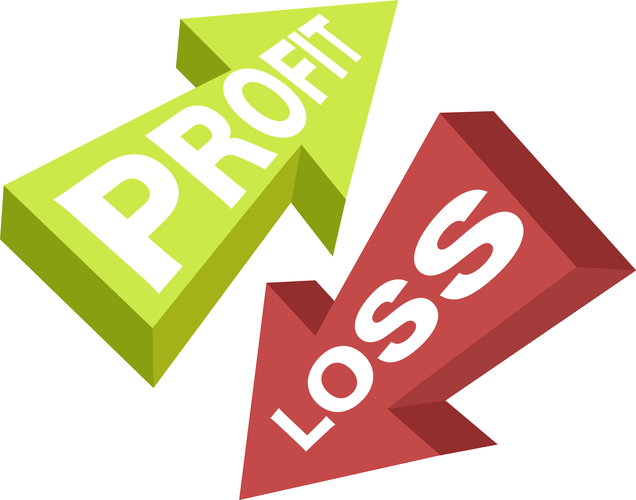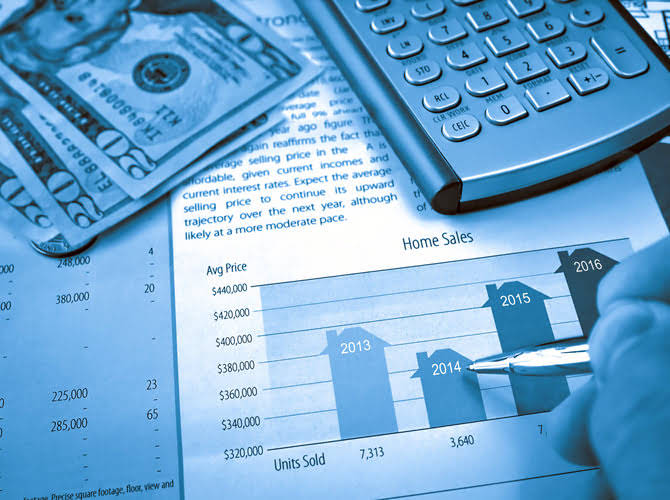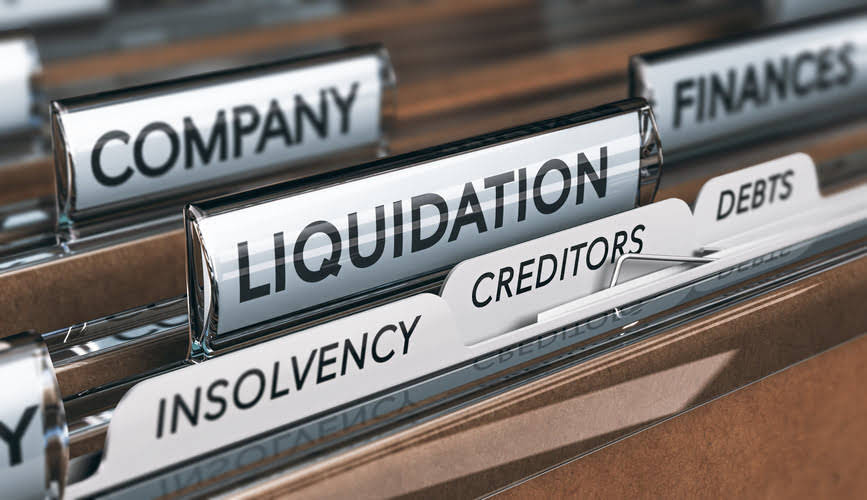
Understanding margin and markup also helps you to properly price your products. This will ensure that your selling price is enough to cover all the costs of doing business. You can think of markup as the extra percentage on top of the cost of production that you charge your customers. However, markup looks at gross profit as a function of the cost of goods sold, rather than revenue. A price increase in a bid to increase the profit margin can result in a reduction in sales. In addition, the gross margin is a useful indicator of how efficient the management of the company is in using supplies and labor in the production process.
Formula for Calculating Margin

Chartered accountant Michael Brown is the founder and CEO of Double Entry Bookkeeping. First, to have an understanding of either term, we need margin vs markup to define the related terms. Charts make it easier to understand complex pricing relationships at a glance. An increase in price leads to reduced demand, while a decrease in price leads to increased demand for the product. For instance, if you have a target margin of 30%, divide 30 by 100 to get 0.30. You should be careful when doing this since low prices on materials might mean lower quality materials.

Cost Price and Markup Known
The cost multiplier is used to convert a cost price to a selling price. Training programs often include modules on how to interpret, calculate, and evaluate margin and markup for various business applications. This emphasizes their practical use Debt to Asset Ratio in pricing and profitability analysis. Understanding the relationship between margin and markup is vital for a business. Do the math wrong, and you may lose money without even realizing it.
- One more “margin” term that retailers may encounter is marginal cost, which refers to the incremental cost of producing one more product.
- Markup refers to the amount by which the cost of a good is increased to get to the final selling price, while profit margin refers to sales minus the cost of goods sold.
- Direct costs are the expenses tied directly to creating a product or service.
- Calculating markup involves determining how much to add to the cost price to set the desired selling price.
- A margin focuses on the revenue of that sale, while a markup focuses on the cost.
Profit Margin vs. Markup: An Overview
- Margin is expressed as a percentage of the selling price, reflecting profit performance.
- Thus, using markup for pricing decisions can set your business on a profitable course, balancing competitive pricing with adequate revenue generation.
- Essentially, it’s the amount of money that is earned from the sale.
- As every coin has two sides, likewise, margin and markup are two accounting terms which refers to the two ways of looking at business profit.
Higher markups don’t always translate to higher margins, especially as markups increase. A 100% markup results in a 50% margin, but a 200% markup only achieves a 67% margin. This relationship means businesses focused solely on markup might not optimize their actual profitability. Markup drives price-setting because it starts with costs and builds up to a selling price. Margin comes in after the fact, showing how profitable those pricing decisions actually turned out to be.

The markup percentage represents how much you increase the cost to arrive at a selling price. Besides this, the software’s facilitation of inventory control, warehouse management, and shipping reduces operational costs. This translates into wider gross and net margins and, hence, greater price-setting flexibility for the business. If you know the selling price, then it’s easier to use the margin to calculate the profit and the cost price. A healthy profit net sales margin indicates efficient conversion of income into profit and is essential for a company’s long-term sustainability.

Whether you run a retail shop, a service-based business, or a construction company, this article will give you practical pricing knowledge to stay competitive and profitable. Margin is also referred to as gross margin, and it’s the difference between the retail or wholesale price a product is sold for and the cost of goods sold COGS. Essentially, it’s the amount of money that is earned from the sale. Margins are expressed as a percentage and establish what percentage of the total revenue, or bottom line, can be considered a profit. Markup helps determine the selling price based on costs, while margin helps measure profit as a percentage of sales.
- It is important to identify your business’ desired profit margin and from there, calculate the client charge rate or selling price.
- If you had to sum it up in one line, margin is profit as a percentage of revenue, while markup is profit as a percentage of cost.
- Start by inserting this data in our calculator, in the two margin variables (open the second set of variables to see the second margin input).
- Choosing the correct markup and margin can significantly impact your business.
- The decision on which of these two you use depends on your business needs and goals.
- It can result in lost sales or lost profits if the price setting is too low or too high.
- Many mistakenly believe that if a product or service is marked up, say 25%, the result will be a 25% gross margin on the income statement.
- Accordingly it is normal to refer to the gross margin ratio when looking at the business as a whole.
- In the journey of business profitability, the capability to interchange between margin and markup proves vital.
If we multiply this $100 cost price by 1.20, we arrive for $ 120. The difference between the selling price of $120 and the $100 cost price is the desired margin of $20. Much like the analogy of a cup being half full or half empty, margin and markup are two different outlooks on the relationship between price vs. cost. A margin is more concerning sales, while the latter is more concerning a value derived from the manufacturing cost. As illustrated in the example above, both are different accounting terms that provide two different perspectives of looking at business profit. When expressed as a percentage of sales, it is called profit-margin but is expressed as a percentage of a cost and called Markup.

 +1-888-843-5849
+1-888-843-5849

